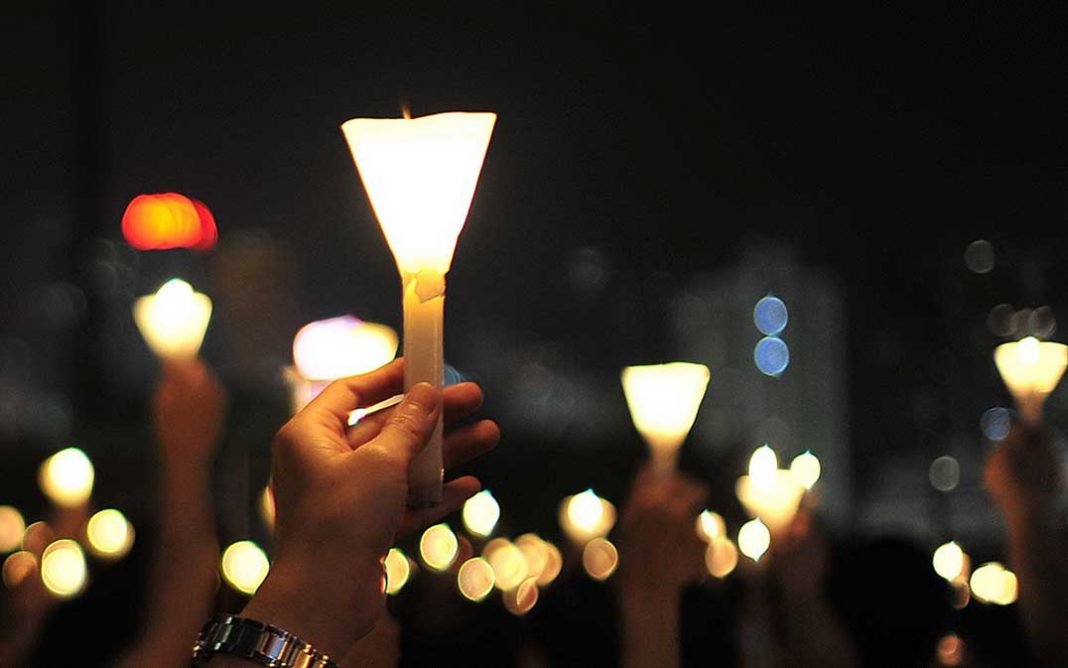Island family names on the list
GATINEAU, QUE. – An estimated 4,200 young Indigenous people across Canada died in the residential school system, with 2,800 named victims being honoured at a recent memorial ceremony in Ottawa and the acknowledgement of hundreds more death records that remain nameless.
The National Centre for Truth and Reconciliation (NCTR) is a federal body designed to safeguard, maintain and publish information that ties Canada to its troubled legacy of the residential school system. It held a ceremony at the Canadian Museum of History in Gatineau, Que. on September 30 wherein it revealed a banner containing the names of 2,800 children who died at residential schools.
The registry is also available online and will be updated as more information and names come forward to help document the realities of these institutions.
The student memorial register is a response to one of the calls to action set forth by the Truth and Reconciliation Commission of Canada (TRC). Call to Action No. 72 urged the federal government to apply adequate resources to the NCTR so that it could host and further grow the National Residential School Student Death Register, a registry first started by the TRC.
The register features the names of children who died while attending a residential school, including those who fell ill at school and later passed away at a medical care centre. The register notes that some seriously ill children were simply sent home and later died; those names are included on the list.
A current total of 4,042 students exist in the register, beyond the 2,800 publicly listed names. Research efforts are ongoing and organizers expect the tally to rise. The register does not, however, include children who died while attending Indian Day Schools or other education institutions.
The registry website notes that record-keeping challenges in many forms. They consulted church and government records that had been gathered through the TRC’s document collection process and stories from survivors were invaluable to completing the list. However, in the old records, many names were misspelled, inconsistent over time, many students were given Westernized names when they arrived at these facilities and there are numerous records that have yet to be found.
The Expositor has reprinted the names of the victims of the two residential schools in Spanish, schools which many Manitoulin Islanders attended throughout years past. NCTR reference and access archivist Karen Ashbury told The Expositor that information about the home communities of the victims is not publicly available, but surviving family members are welcome to contact the centre to obtain more information about the people on the list.
The NCTR is actively seeking for information about children who died or disappeared when they attended a residential school. It can be contacted by calling 1-855-415-4534 or by emailing nctr@umanitoba.ca.
Although Indian Day School victims are not part of this registry, the NCTR still welcomes records of children from those schools and will document them for possible future memorials.
Any First Nations or other Indigenous communities that have been impacted by the residential school system can request for the cloth banner to come to visit their territory.
The NCTR has established a 24-hour phone line for those who have been impacted by residential schools, whether they are survivors themselves or have had family members involved in the system, and need support at difficult times such as the launch of this register. Those individuals are welcome to call the Residential School Survivor Crisis Line at 1-866-925-4419.





